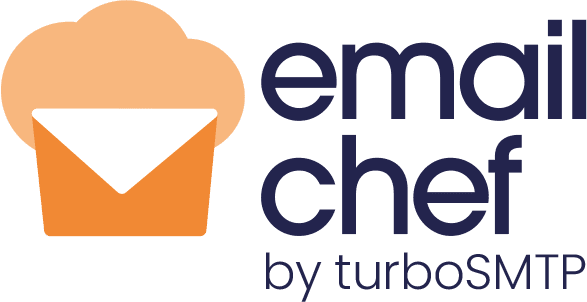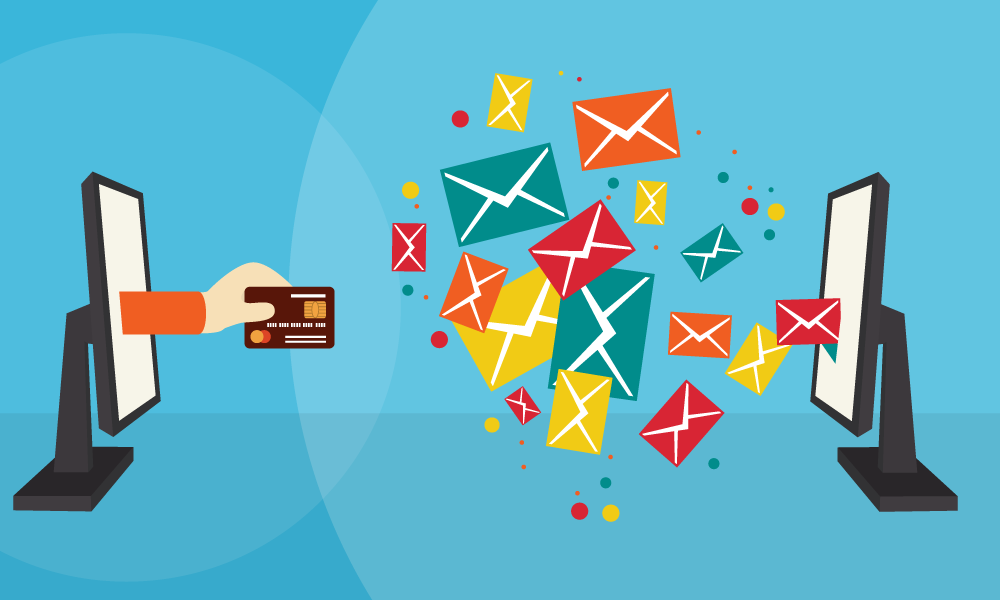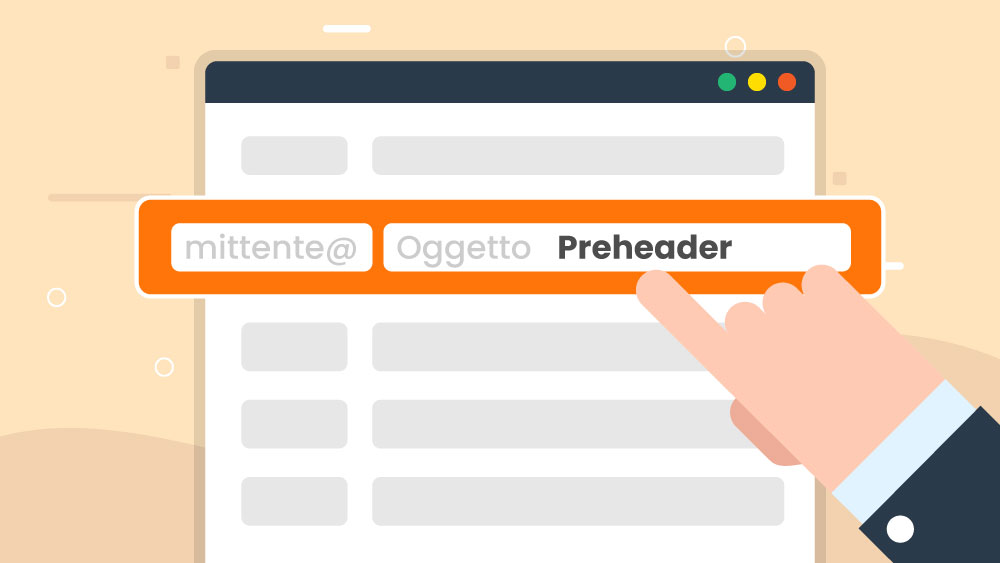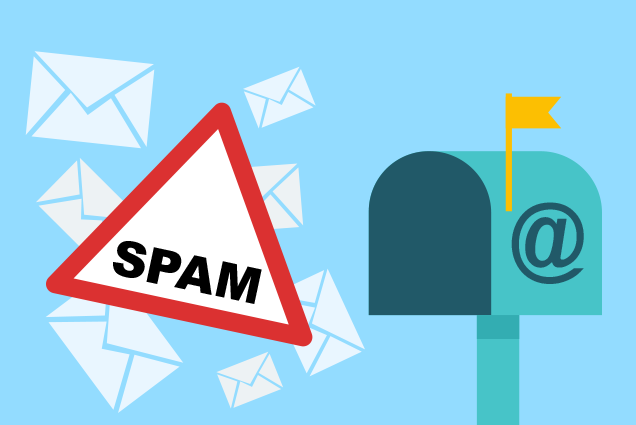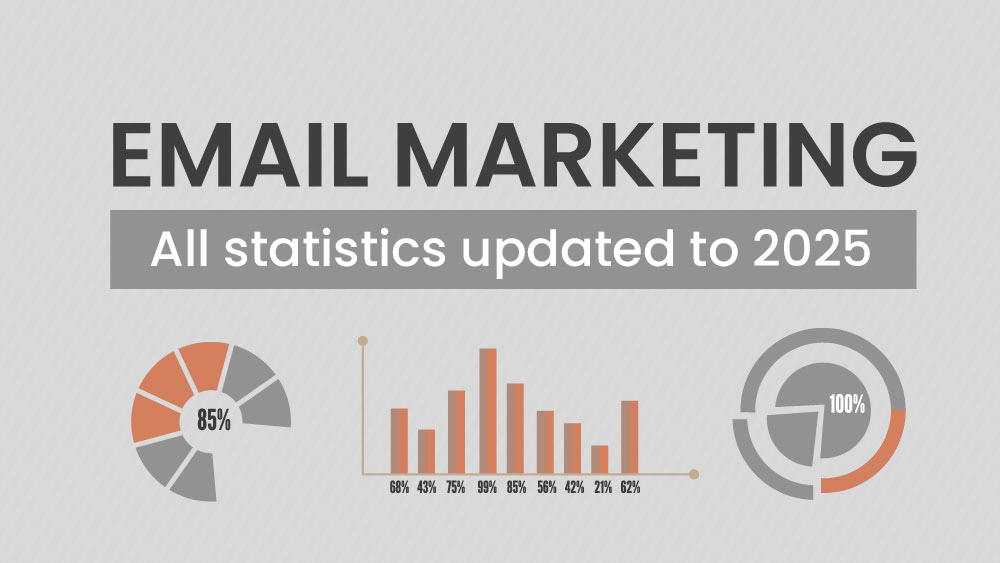Practical guide to meet the new requirements set by Google and Yahoo.
Starting from February 2024, Gmail and Yahoo will make mandatory what was already considered one of the best practices for sending marketing emails: domain authentication. In short, anyone sending 5000 or more messages per day to Gmail or Yahoo users will be required to configure SPF, DKIM, and DMARC records, or risk non-delivery of their messages to the inbox.
But that’s not all. In this guide, we aim to provide you with all the tools to meet the new requirements set by Google and Yahoo.
What you need to know about the new requirements from Yahoo and Gmail
Correctly authenticating your email address has always been a recommended practice, but not everyone sending mass emails has always adhered to this best practice.
And this is a serious problem.
Yes, because without proper authentication of your email address, senders make it extremely easy for malicious actors to impersonate domains and send phishing emails.
That’s why Google and Yahoo have decided to make domain authentication mandatory for anyone sending 5000 or more emails to Gmail and Yahoo addresses. And if you want to ensure that your emails continue to arrive in the inbox, you’ll need to adhere to the major best practices for email authentication and spam prevention.
This means that, if you haven’t done so already, you will need to:
- Choose and purchase a custom domain.
- Authenticate the SPF, DKIM, and DMARC records of your domain.
Additionally, it will be necessary to enable easy unsubscribing from the mailing list and maintain a spam rate below a certain threshold.
How to choose and purchase your custom email domain.
The choice and purchase of an email address with a custom domain is something we at Emailchef have been emphasizing for a long time (and it is a necessary requirement for sending your emails).
In short, it is an address that, after the @ symbol, contains the name of a brand or website domain. In other words, instead of using the generic name of an email provider (like @gmail.com), an email address with a custom domain contains the name of the business sending the email (like @emailchef.it).
There are many domain providers from which you can purchase yours, but if you don’t know where to start, we have prepared a comprehensive guide on how to choose and buy a custom email domain.
Once you’ve chosen the domain provider that suits you, you’ll need to create your email address with a custom domain.
How?
In this article, we have gathered all the guides on creating an email address with a domain using the major providers.
How to authenticate your domain.
Once you’ve chosen a domain and created your email address, the next step is to authenticate it. This way, email providers can recognize your emails as trustworthy and deliver them to the inboxes of your subscribers.
Domain authentication is crucial to certify it as secure and reliable.
By providing a traceable identity to your address, you demonstrate to providers that you are an authorized sender. This allows you to enhance your online reputation, keeping your emails out of the spam folder.
The protocols used in this case are 3:
- DKIM (DomainKeys Identified Mail) is a method used to prevent malicious actors from forging your identity via email. The DKIM system verifies that the message comes from the declared source.
- SPF (Sender Policy Framework) is an additional method used to prevent the forgery of the sender’s address. In other words, it prevents the use of fake addresses by third parties.
The domain owner declares that all their emails are transmitted through smarthost X. Therefore, any email traveling through other channels is to be considered fake. - DMARC (Domain-based Message Authentication, Reporting, and Conformance) is a technology that standardizes the methods of SPF and DKIM and extends their functionality. The DMARC policy informs the recipient on how to handle messages based on the verification results of DKIM and SPF. In short, DMARC instructs the recipient’s mail server on what action to take with the message based on the results.
But how to set up these parameters?
We explain it in this guide on how to authenticate your domain.
If, instead, you are looking for a video tutorial, below you will find one on how to authenticate your domain created with GoDaddy.
Unsubscribes and Spam: what the new guidelines provided by Google and Yahoo say.
In addition to the updates on domain configuration, Google and Yahoo have communicated that it will be necessary to allow unsubscribing from the mailing list with a simple click on the unsubscribe link within the emails you send.
This means that every email you send to your mailing list must contain the unsubscribe link, and you must ensure removal from the mailing list within 2 days. This requirement applies to transactional emails as well, not just marketing ones.
But here’s some good news: if you use Emailchef, the unsubscribe link is automatically inserted into all your emails 😉. The contact will be removed automatically from the mailing list without you having to do anything.
Another requirement is to keep spam complaints below 0.3%. Gmail, in particular, will ask senders to maintain the spam complaint rate below this percentage. What happens if you don’t comply? The risk is damaging your sender reputation and experiencing a reduction in deliverability, meaning your ability to reach the inboxes of your recipients may be affected.
Are you an Emailchef customer and need assistance? Click here to get in touch with customer support.

